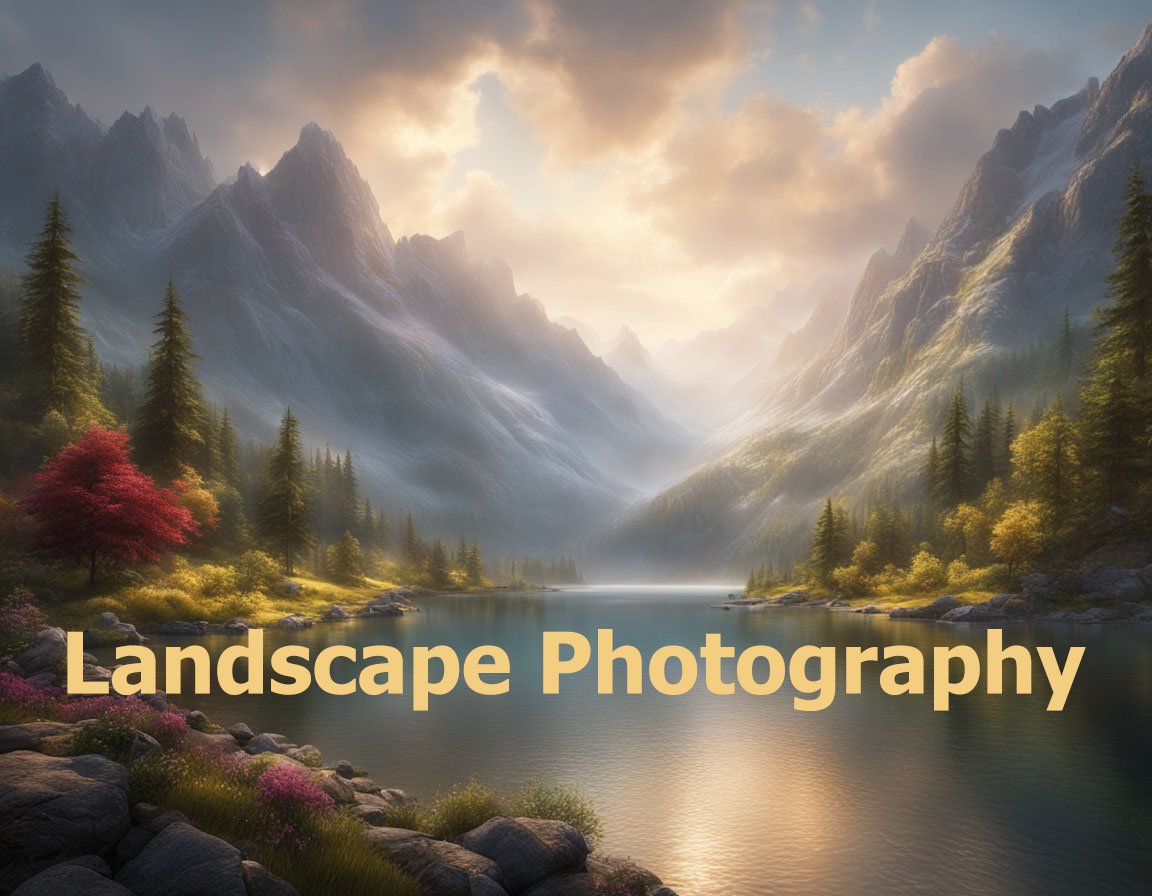Capturing motion in landscapes through photography can transform a static scene into a dynamic story that captures the viewer’s imagination. One central technique is the use of long exposure photography, which can reveal motion that is imperceptible to the naked eye. To begin, ensure your camera is set on a sturdy tripod to avoid unwanted blur. Choose a location where movement is an integral part of the scene, such as a waterfall, a bustling forest, or a beach with crashing waves.
Utilize a slow shutter speed to capture movement; this is the most critical element in portraying motion. Shutter speeds ranging from 1/10th of a second to several minutes can effectively showcase different types of motion. For instance, a shutter speed of 1/10th to 2 seconds can capture the graceful motion of water in a stream, rendering it soft and ethereal. A longer exposure, such as 30 seconds or more, can encapsulate the journey of stars across the night sky or the movement of clouds, creating streaks that illustrate the passage of time.
Incorporating a neutral density (ND) filter can be invaluable when shooting in bright conditions. An ND filter reduces the amount of light entering the lens, allowing for longer exposures without overexposing the image. For daytime landscape shots, a variety of ND filters, ranging from three-stop to ten-stop, can help in achieving the desired effect while maintaining balance in exposure. Understanding how light interacts with your chosen shutter speed is crucial. In early mornings and late evenings, the natural reduction in light can facilitate longer exposures without requiring an ND filter.
Carefully consider your composition to enhance the effect of motion. Look for elements that will interact dynamically with a long exposure, such as flowing water, swaying trees, or moving clouds. Leading lines within the landscape can guide the viewer’s eye along the path of motion which effectively enriches the narrative aspect of your image. Using foreground elements to frame the motion can offer depth and context, creating a stronger visual impact.
Examine your DSLR or mirrorless camera settings closely. Set your ISO to the lowest setting (usually ISO 100) to minimize noise, especially important during long exposures. Selecting an appropriate aperture is also vital; a smaller aperture (higher f-number) ensures a greater depth of field, keeping your overall scene in focus. This approach, however, requires balancing with the exposure triangle to maintain an optimal exposure.
Experiment with panning as an alternative technique for capturing motion if a long exposure is impractical or does not fit the aesthetic you’re aiming for. To pan, move the camera horizontally across the scene at the same speed as a moving subject. This technique works particularly well when capturing wildlife in motion across a beautiful landscape, emphasizing the speed and dynamic aspect of the scene.
In the digital darkroom, enhance the captured motion using post-processing techniques. Adjustments in contrast, highlights, and shadows can emphasize the mood you wish to convey. Tools such as Adobe Lightroom and Photoshop offer advanced capabilities for fine-tuning the details of motion, like enhancing the silky texture of flowing water or the dynamic trails of star movement.
Balancing artificial and natural light is another pivotal aspect, especially when capturing motion during the golden hour or blue hour. Incorporate techniques such as light painting or using an off-camera flash to add drama and focus to moving elements in low-light situations. This layer of complexity requires thorough planning and is most effective with prior knowledge of the location and light behavior.
Consider the story you wish to tell with your capture. Every element within the frame should contribute to this narrative, and the motion should complement the emotions and message you intend to convey. Whether it’s the relentless surge of ocean waves against a rocky shore or the tranquil drift of clouds over a mountain range, each scene offers unique storytelling opportunities.
Lastly, practice is key. Experimentation with different settings, conditions, and locations will widen your understanding and confidence in capturing motion. Learn to anticipate and react to changes in the environment swiftly. Over time, this will refine your skill in recognizing the perfect moment to press the shutter, producing compelling, motion-filled landscapes that resonate with viewers on a visual and emotional level.


